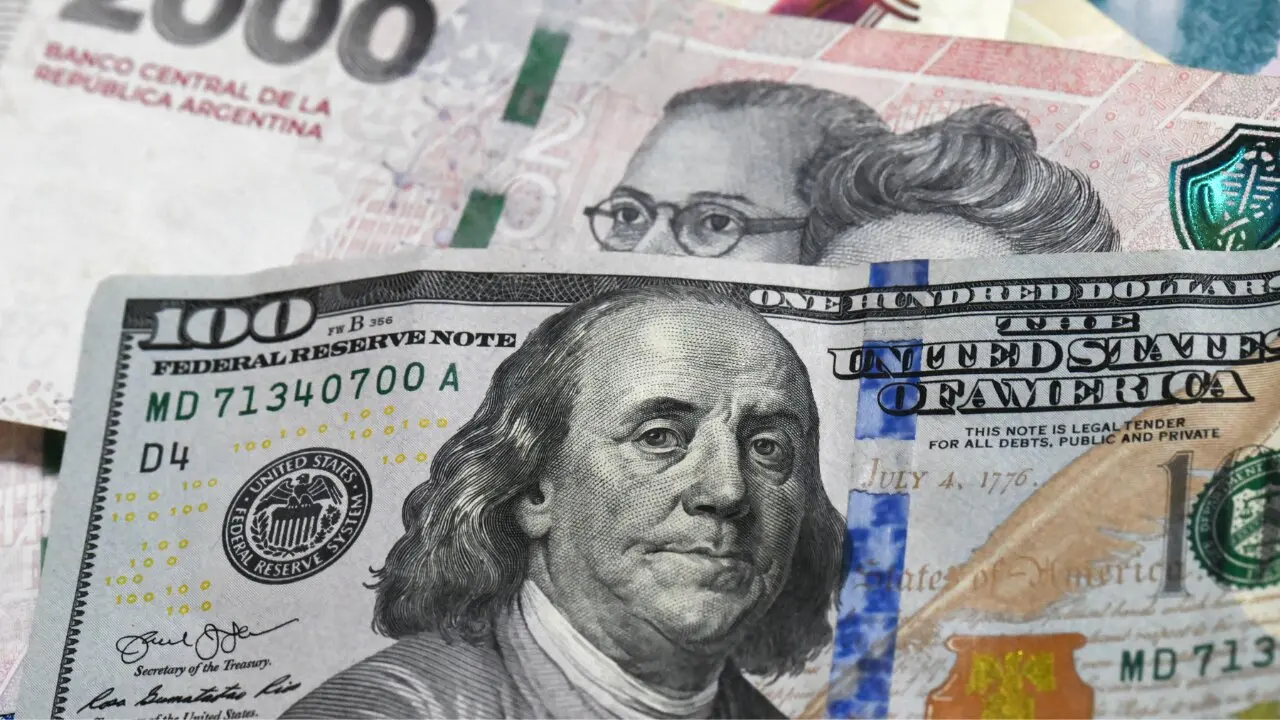In a landmark decision, the Argentine government has officially lifted the long-standing currency control that limited individuals’ ability to buy U.S. dollars. The announcement, made jointly by Minister of Economy Luis Caputo and the President of the Central Bank of the Argentine Republic (BCRA), Santiago Bausili, also includes news of a new agreement with the International Monetary Fund (IMF). The removal of the so-called cepo cambiario—a term used in Argentina to describe the government-imposed restriction on foreign currency purchases—marks a significant shift in the country’s foreign exchange policy.
End of the $200 Monthly Cap
Until now, individuals were allowed to buy up to USD 200 per month through official banking channels. However, in practice, access was limited due to a complex web of restrictions. These included disqualifications for recipients of government aid during the COVID-19 pandemic, public employees, and those who received energy or transport subsidies. On top of that, the official exchange rate came with a 30% income tax advance, making the “dólar ahorro” one of the most expensive on the market. As of the day before the change, it was trading at ARS 1,425.
According to the Central Bank’s latest communication (Communication A 8226), these barriers are now gone. Residents in Argentina—referred to as “personas humanas residentes”—will now be able to purchase U.S. dollars for savings or to open foreign currency deposits without prior approval from the Central Bank. More importantly, no upper purchase limit has been set for transactions made through bank accounts.
A Limit for Cash Purchases
Despite the new freedom, not all restrictions have been lifted. The new rules specify that if an individual wishes to buy dollars using cash in pesos, the maximum allowable amount is USD 100 per calendar month. This detail caused confusion shortly after the announcement, leading some to believe that the previous USD 200 monthly limit had been reduced. However, this new limit only applies to cash transactions carried out at bank branches.
Pablo Quirno, the Secretary of Finance, clarified the matter on his X (formerly Twitter) account: “The restriction is only for purchases made with cash.” Therefore, this USD 100 limit does not apply to those buying dollars through home banking or by debiting funds from their local currency bank accounts.
Requirements and Declarations
Although prior approval is no longer needed, banks must still comply with certain regulations. If a customer opts to buy dollars with cash, they must present a sworn declaration stating that they are within the USD 100 monthly limit. This is to ensure compliance across all institutions and avoid multiple small purchases that exceed the cap.
Furthermore, banks are now required to gather evidence that customers possess “income and/or assets consistent with saving in foreign currency.” This clause is likely designed to discourage money laundering and ensure that purchases are backed by legitimate financial means.
Broader Economic Implications
The lifting of the currency cap comes amid a broader strategy by the Argentine government to stabilize the economy and rebuild trust in financial institutions. The parallel agreement with the IMF suggests that this is part of a coordinated effort to improve transparency and attract foreign investment.
In the short term, this decision is expected to relieve pressure on the parallel exchange markets (such as the “blue dollar”), where the dollar often trades at a significant premium compared to the official rate. By offering more people access to official rates, the government aims to unify the exchange market and reduce distortions.
What This Means for Argentinians
For many Argentinians, the ability to save in a stable foreign currency is seen as a safeguard against inflation and economic uncertainty. The previous limitations made it extremely difficult for the average person to access dollars, leading to frustration and a booming informal market.
Now, with fewer restrictions and no cap for electronic transactions, Argentinians have more flexibility to manage their savings. The catch, however, is that only purchases made through official banking channels are uncapped. Those preferring to use cash will still face a USD 100 monthly ceiling.
The removal of the dollar-buying cap for individuals marks a major turning point in Argentina’s monetary policy. By eliminating many of the previous restrictions and removing the need for prior approval, the government has taken a step toward liberalizing its currency market. While some limitations remain for cash transactions, the broader implications point to a more open and potentially more stable financial future for the country.
As always, individuals should consult with their financial institutions to understand how these changes may apply to them personally and ensure compliance with the latest regulations.
